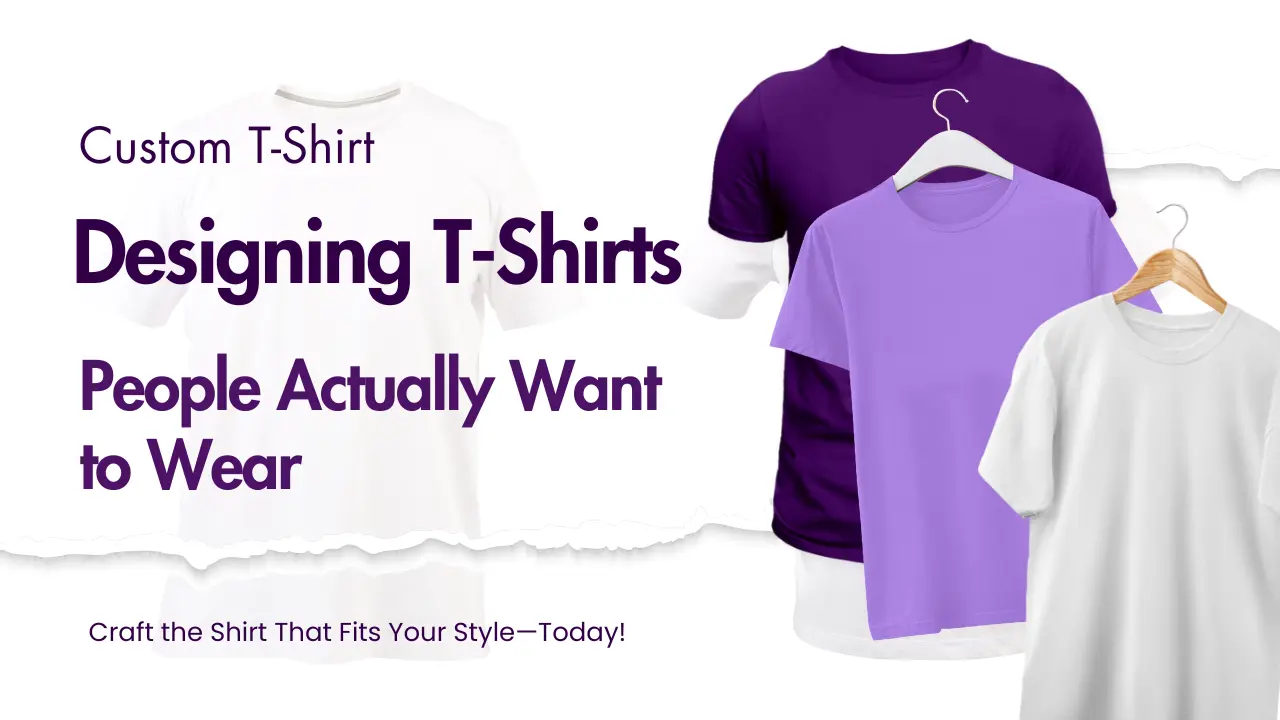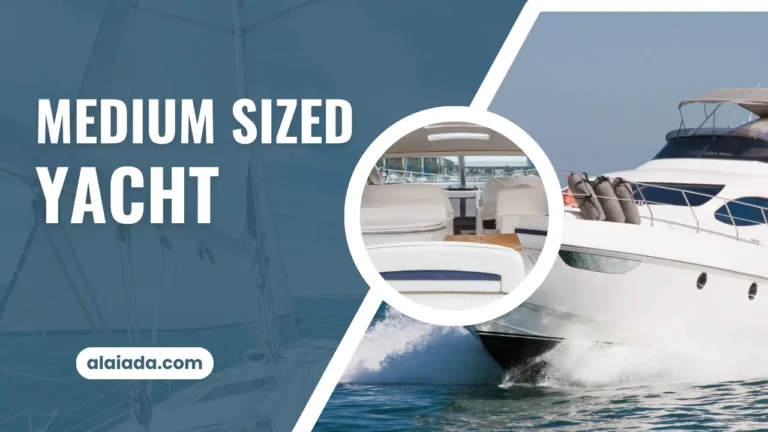Designing T-Shirts People Actually Want to Wear

T-shirts are everywhere. They’re one of the most common pieces of clothing across the globe, worn by kids, professionals, and everyone in between. But not all t-shirts are created equal. Some become go-to wardrobe staples, while others end up stuffed in the back of a drawer, never to see the light of day again.
So, what makes the difference? The answer lies in thoughtful design. Designing a t-shirt people actually want to wear requires more than just slapping a logo on fabric. It’s about understanding your audience, balancing creativity with wearability, and making design choices that stand the test of time.
Understanding the Wearer’s Perspective
Before diving into fonts, graphics, or printing methods, it’s essential to consider the person who will be wearing the shirt. People don’t just wear t-shirts for comfort—they wear them as an extension of identity. A great t-shirt design reflects something about the wearer’s personality, values, or sense of style.
Think about the shirts in your own wardrobe. Which ones do you wear again and again? Chances are they’re comfortable, visually appealing, and easy to pair with other clothing. In contrast, poorly designed shirts—those with clunky logos or awkward fits—quickly fall out of rotation.
This is the trap many brands fall into with “promo shirts.” They focus only on broadcasting a logo rather than creating something stylish or meaningful. To design shirts people genuinely love, you need to start with empathy for the wearer’s perspective.
Key Principles of T-Shirt Design
1. Keep It Simple
Less really is more. Overly complex designs can be hard to read or overwhelming on fabric. Clean lines, bold shapes, and clear messaging resonate more.
2. Choose Colors Wisely
Color affects mood and perception. Use your brand palette strategically, but don’t overdo it. High-contrast color combinations stand out, while subtle tones can give off a more sophisticated vibe.
3. Typography Matters
If your design includes text, legibility is key. Avoid overly decorative fonts that become hard to read. Instead, select typefaces that are bold, clean, and aligned with your brand’s personality.
4. Think About Scalability
Your design should look good on different shirt sizes and fits. A layout that looks sharp on a medium might appear awkward on an XXL. Test designs across sizes before finalizing.
These principles set the foundation for wearable, memorable t-shirt designs.
Creating Wearable Art, Not Just Merchandise
A common mistake is treating t-shirts purely as promotional tools. That mindset leads to designs that feel like advertising rather than clothing. The result? Shirts people accept for free but never actually wear.
Instead, think of your t-shirt as wearable art. Ask yourself: would someone wear this to a coffee shop, a concert, or even to work? If the answer is no, the design needs more thought.
Current trends show people gravitating toward minimalist designs, retro-inspired graphics, and bold statement tees with short, witty messages. The best designs strike a balance between brand recognition and style. Subtle branding often works better than oversized logos, making the shirt something people enjoy wearing beyond promotional events.
Choosing the Right Printing Method
Even the best design can fall flat without the right printing method. The way your artwork is transferred onto fabric affects not only the look but also the feel and durability of the shirt.
- Screen Printing: A tried-and-true method that works best for bold designs and large batches. It delivers vibrant colors but requires setup, making it less efficient for small orders.
- Direct-to-Garment (DTG) Printing: Ideal for detailed, full-color designs. It works like an inkjet printer, spraying ink directly onto fabric. The result is soft to the touch but limited mainly to cotton.
- DTF Transfer (Direct-to-Film): A fast-growing option where designs are printed on film and then heat-pressed onto fabric. The major advantage is versatility—it works across cotton, polyester, and blends. DTF transfer also produces vibrant, durable prints that withstand multiple washes.
Your printing method should match both your design and your goals. If you’re producing hundreds of shirts for a campaign, screen printing might be the best choice. If you want smaller, highly detailed runs, DTG works well. And for scalability with fabric flexibility, DTF transfers are becoming the go-to solution.
Fabric and Fit Matter as Much as Design
A design isn’t enough if the shirt itself is uncomfortable. The fabric and fit play a massive role in whether people wear your shirt regularly.
- Fabric: Cotton is soft and breathable, but blends (like cotton-polyester) add durability and stretch. Eco-conscious brands often choose organic cotton or recycled polyester to appeal to sustainability-minded customers.
- Fit: Oversized shirts are trendy, but slim and tailored fits remain popular too. Offering options—like unisex and women’s cuts—ensures wider appeal.
- Durability: People won’t wear a shirt that shrinks or fades after two washes. Investing in quality materials pays off by making your shirts wardrobe staples.
Comfort and quality turn a good design into a shirt people reach for again and again.
Testing and Feedback Before Production
Designing in isolation can be risky. What looks great on a computer screen might not resonate with your audience once it’s on a shirt. That’s why testing and feedback are essential.
- Share mockups on social media or within a focus group.
- Collect votes on color schemes, slogans, or graphics.
- Produce a small run and see how people respond.
Real-world feedback helps you refine your design before committing to a full production run. It’s an extra step, but it can save money and ensure your shirts become favorites rather than giveaways.
The Business Case: Why Wearable Designs Matter
For brands, the value of a wearable t-shirt goes far beyond the cost of production. Every time someone wears your shirt in public, they’re creating brand impressions. Unlike a paid ad campaign, those impressions cost nothing after the shirt is produced.
Think of it as free, long-term advertising. A shirt worn to a busy event could generate hundreds of views in a single day. And because it’s organic, people often trust it more than a paid advertisement.
There’s also loyalty to consider. When you create shirts that look and feel great, customers want to wear them. That builds a stronger emotional connection with your brand. Over time, it can turn casual buyers into repeat customers and even advocates.
Conclusion
Designing t-shirts people actually want to wear takes more than a clever slogan or flashy graphic. It’s about understanding your audience, keeping designs simple and stylish, and choosing the right printing method and materials. A well-designed shirt becomes wearable art—something people enjoy, not just a freebie that gathers dust.
Whether you use screen printing, DTG, or embrace DTF transfer technology, the goal is the same: create shirts that combine comfort, quality, and creativity. Do that, and your designs won’t just be worn—they’ll be remembered.










